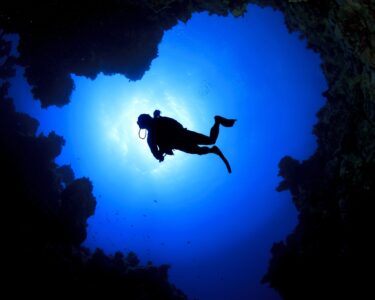After the stinging revelation on the Ceylon Electricity Board’s (CEB) failure by the Government audit there has been some talk but nothing much seems to have changed. However, it is now becoming clear that there are a group of people who have a vested interest that is harmful to the country and its people.
Currently, Sri Lanka gets about 63% of its energy from fuel and coal. While Sri Lanka gets only 37% of its energy from renewable sources of energy the goal remains to generate 70 percent of electricity from renewable energy sources by 2030.
Currently, the policy directives are being violated by the CEB
The CEB had planned for just 50 percent of electricity through renewable energy sources by 2041 and also slipped in two coal power plants, the auditors have pointed out.
Sri Lanka is among the 43 countries of the Climate Vulnerable Forum that has agreed to make electricity generation 100 percent renewable as rapidly as possible and by 2050 which seems a goal difficult to achieve with current levels of implementation.
Serious questions:
Between 2017-end and 2019, just 13 solar power projects of 1MW each were added to the national grid.
At the time of the audit, applications were invited for wind power plants of a total capacity of only 60MW. And a bare 269MW of power was connected to the main grid under the ‘Surya Bala Sangramanaya’ rooftop solar power initiative launched in September 2016.
The plans to install rooftop solar power is very much short of original goals.
“Although it was aimed to generate 1,000MW capacities by 1,000,000 rooftops by 2025, only 24,696 customers had connected 269MW to the national grid as at 2020,” the auditors said.
The renewable power project planning process also lags with delays. It must pass thru ten-line agencies and takes about two years.
As a result of all this bungling the CEB’s purchasing high-cost electricity from private diesel power plants. In that sense, the bureaucratic bungling and red tape have benefited the diesel power suppliers.






